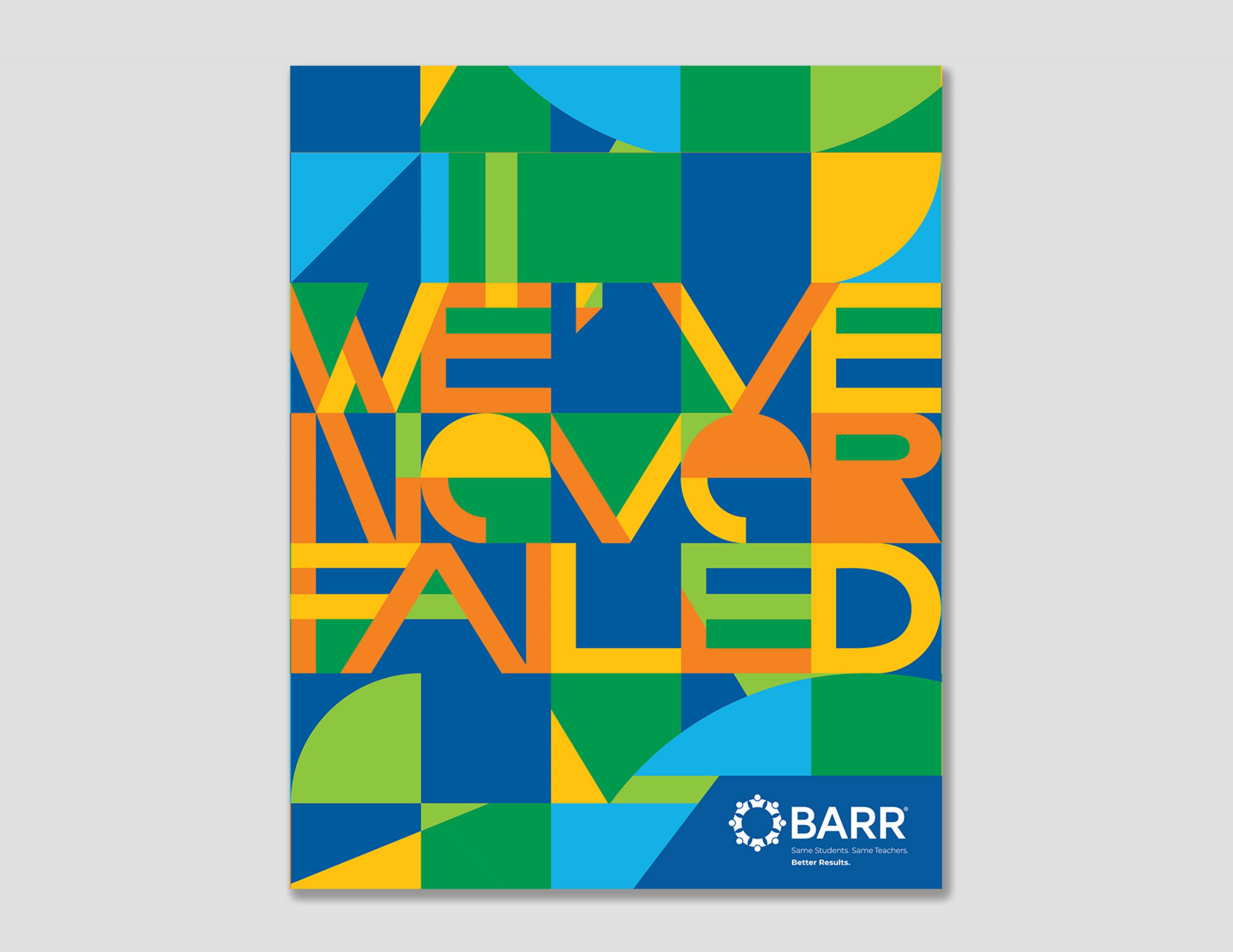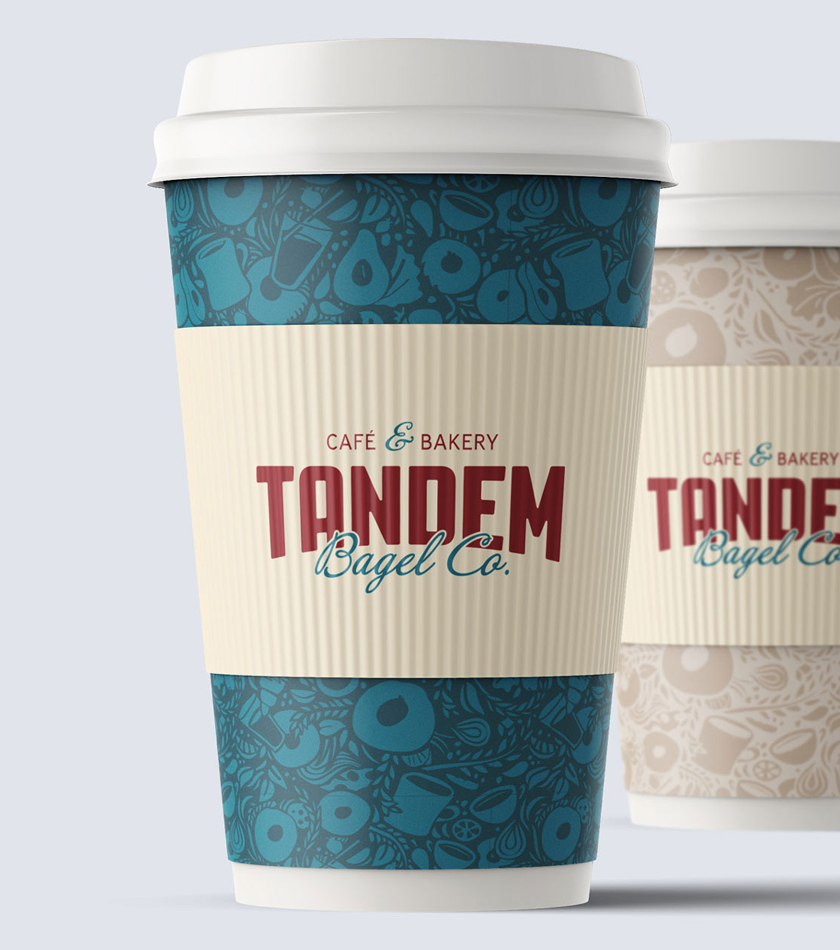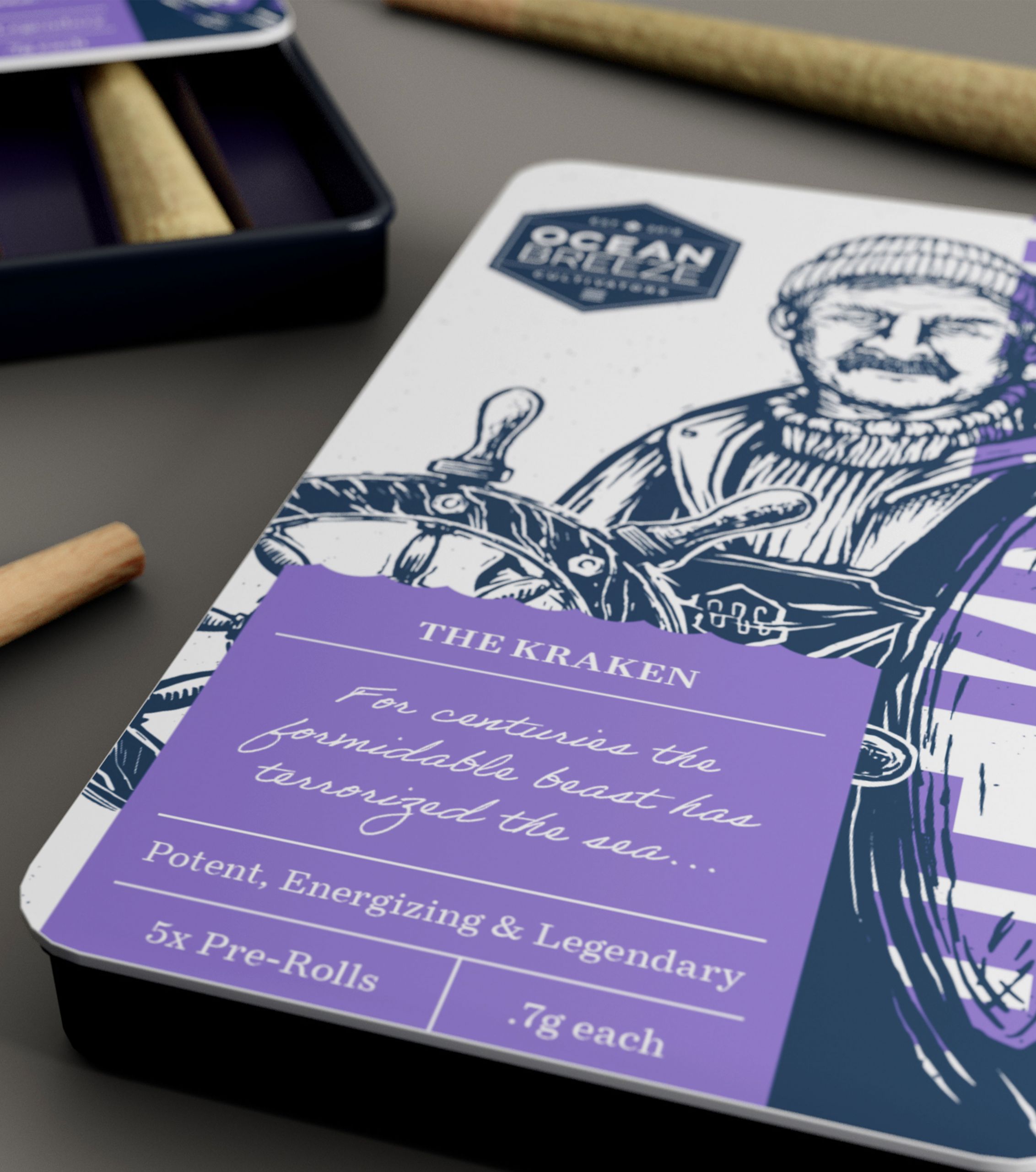4 ways to approach sustainable packaging

Sustainable Packaging
There are many reasons to make sustainability a focus of your packaging design. For one, consumers are starting to seek out brands that are environmentally conscious. But hopefully your brand is acting out of more than just a focus on the bottom line. Less consumer waste means cleaner waterways, less trash going to the landfill, and a healthier environment for humans, plants, and animals.
So how can you make your packaging have less of a negative impact? With so many important factors to consider when creating packaging, it can seem overwhelming to add sustainability to the mix. First, it’s a good idea to consider the practical needs of your product. Does it need to be food-safe or water resistant? What are the top communication needs of your packaging? With those considerations in mind, you can think about how to approach making your packaging more sustainable.
Ways to approach more sustainable packaging
1) Use less material
The most sustainable packaging would be no packaging at all, but since that’s not an option for many products, the next best thing is to minimize the amount of materials required. This helps in two ways: first, it means that there is less waste for consumers to deal with, and second, there is less energy spent throughout the manufacturing and delivery process. For example, Puma reduced the amount of material used in their shoe packaging by 65% with the “clever little bag.” According to the design agency Fuseproject, this bag “saves 20 million megajoules of electricity, 1 million litres of water, 500,000 litres of diesel fuel (lighter weight), and 8,500 tons of paper per year. At the same time, the solution is reusable for the consumer, and fully recyclable at the end of its life.”
2) Use materials that are biodegradable and low-energy
Several large brands including IKEA are incorporating new low-energy materials. For example, MycoComposite by Ecovativedesign is a “biomaterials platform utilizing mycelium as a self-assembling, biological binder for hemp agricultural byproduct.” That’s right–it’s packaging that is grown from mushrooms. This material can grow into any shape with custom molds and is flame resistant, biodegradable, and naturally water resistant.
Srisangdao Rice, a Thai rice company, made their packaging out of chaff, a natural bi-product of the rice husking process. Making the box out of waste from their product helps tell their story, and emphasizes their commitment to using natural materials.
3) Use recycled materials
There are many options available today for recycled materials. As you design your packaging, keep in mind how the product may be recycled again after use. Making packaging out of single materials or materials that are easily separable helps with recyclability. Eco at Heart, a company that makes plastic-free alternatives to commonly used products, naturally wanted their packaging to reflect their positioning as an environmentally conscious brand. All their packaging uses only recyclable papers and plant-based inks.
4) Make packaging that is well-made and reusable
What if, instead of recycling packaging, it was reused for its original purpose? That eliminates the cost and energy of breaking down materials and building them up again. Loop Circular Shopping, an initiative launched by TerraCycle, offers zero-waste packaging options for popular products from brands like P&G, Unilever, Nestle, PepsiCo, Coca-Cola, and many others. They use “durable, reusable containers that you return when finished for cleaning and refill.”
How do you choose which approach to take?
Unfortunately, none of these approaches are problem-free. For example, some compostable alternatives, especially plant-based “plastics” need to be industrially composted to decompose effectively. This is an option that’s not available to many consumers, so these materials often end up in the trash or recycling bin instead. Unlike plastic, most plastic substitutes are not recyclable, so they can cause issues at the recycling plant.
Paper is effective because it is generally compostable and recyclable, but making paper uses a lot of water and energy, and involves cutting down trees or other plants. Make sure to check that the paper you are using is either responsibly sourced (FSC Certified) or recycled.
Recycling is a great option, but it also uses energy throughout the process, and recycled items often need to be bulkier because they are not as strong as virgin materials.
One way to decide which approach makes the most sense is to make a choice based on your company values.
Rothy’s products are made from plastics that were collected from high-risk beaches and coastal communities without formal recycling programs. According to their website, they have transformed 45+ million plastic water bottles into flexible, durable thread. Their shoes and bags are 3D knit to shape, which results in less waste than traditional manufacturing. Clearly, recycling and waste reduction are very important to them, so they created packaging that is made of 85% post-consumer recycled cardboard. It is curbside recyclable after use, and is also a self-shipper, so there’s no need to put a box inside of another box.
Trade Coffee ships curated coffee selections to customers across the US. Their top priorities when it came to their packaging were volume reduction, weight reduction, and compostability. Switching to a durable, compostable bag was less weight and material than their previous packaging, and because coffee grounds and filters are already things that consumers tend to compost, making the bag compostable as well felt related and on-brand.
Read more about how Rothy’s, Trade Coffee and several other companies prioritize their sustainable packaging goals in this blog article by Lumi.
Whichever path you choose, make sure to communicate with your customers.
Education is a big part of sustainable packaging. It’s likely you will pay more to make your packaging eco-friendly, so you want to make sure that your customers know you’ve made the effort. It’s also important to make sure that consumers know what to do with your packaging after use, especially if it’s not what they’re accustomed to. Late July partnered with TerraCycle to take back their snack bags for recycling, and consumers earn points to use for charitable donations in the process. This shows that Late July is committed to lessening their waste, but it also requires a big push in consumer education to get people to do something new. When in doubt, try to make recycling or composting your packaging as easy as possible for consumers, so that you can ensure fewer roadblocks to the intended disposal of your packaging.


